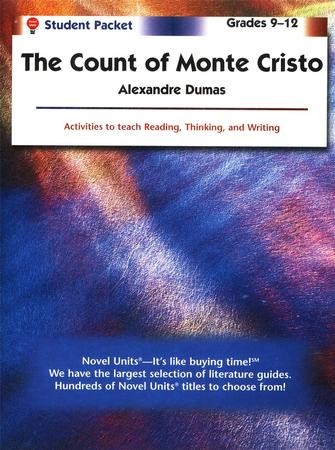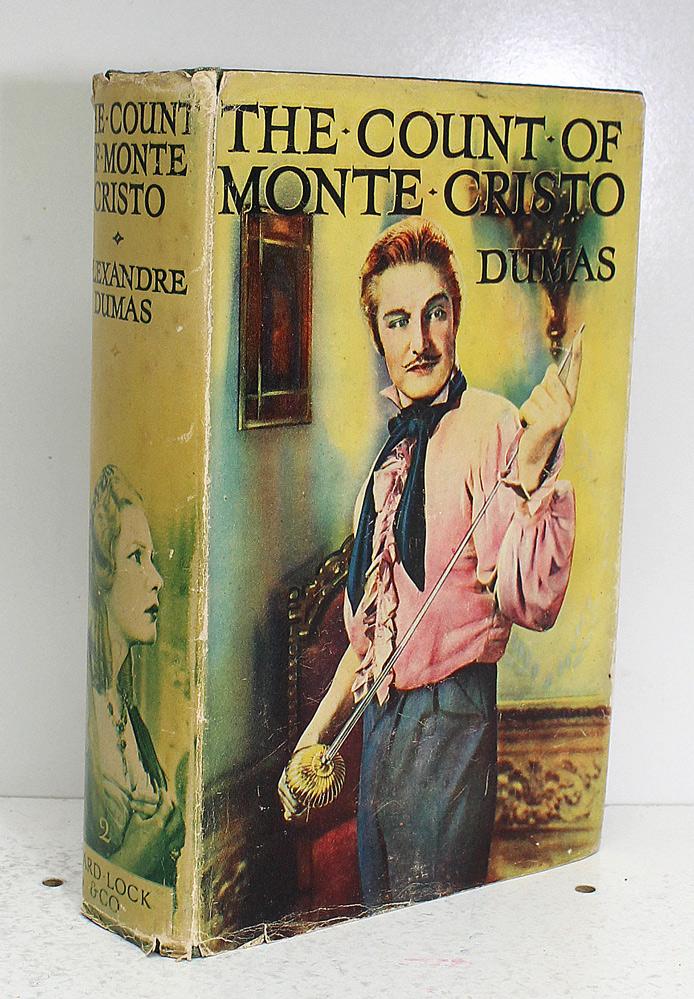

Rescued by Italian smugglers, he goes to the island of Monte Cristo and finds the treasure. When Faria dies, Edmond takes the place of Faria’s corpse and is thrown into the sea. He further helps Edmond ascertain those responsible for his imprisonment. He also shares with Edmond the secret of a treasure buried on the island of Monte Cristo centuries before by a Roman cardinal killed by the Borgias. Over the years, Faria educates Edmond, especially in languages and the preparation of drugs and poisons. To ensure no one ever learns of the letter, he arranges for Edmond to be imprisoned for life in the Chateau d’If, a notorious prison on an island in the harbor of Marseilles.ĭuring his imprisonment at the Chateau d’If, Edmond is befriended by a fellow prisoner, Abbé Faria, who tunnels into Edmond’s cell while attempting to escape.

Villefort, about to marry into a Royalist family of great wealth, cannot afford to have his family linked to a Bonapartist plot. (This part of the novel takes place in the early spring of 1815, in the days leading up to Napoleon’s return from Elba).Įdmond does not know about this conspiracy, but Villefort, the young assistant prosecutor examining him, discovers that the letter is addressed to Villefort’s father, Noirtier, a prominent supporter of Napoleon. The two write an anonymous letter to the authorities denouncing Edmond as a Bonapartist conspirator, a claim based on Edmond’s stop at the island of Elba at the request of the dying captain of the Pharaon and Edmond’s possession of a letter from Napoleon. Morrel, and marry his fiancée, Mercédès.īecause of this, Edmond incurs the jealousy of Danglars, the purser on his ship, the Pharaon, and Fernand Mondego, a distant cousin of Mercédès who is in love with her.

At 19, Edmond, a sailor from Marseilles, is about to be promoted to captain by his employer, M. The novel follows Edmond Dantès, who transforms himself into the Count of Monte Cristo to enact revenge on the three men responsible for sending him to prison and preventing his marriage to Mercédès Herrera. It further includes racial tropes and representations inherent in Orientalism, a term popularized by 20th-century scholar Edward Said, who defines it as the West’s perception and subsequent definition and homogenization of the “non-West.”

Content Warning: The source material includes suicide, suicidal ideation, murder, ableist language and attitudes, and drug use.


 0 kommentar(er)
0 kommentar(er)
